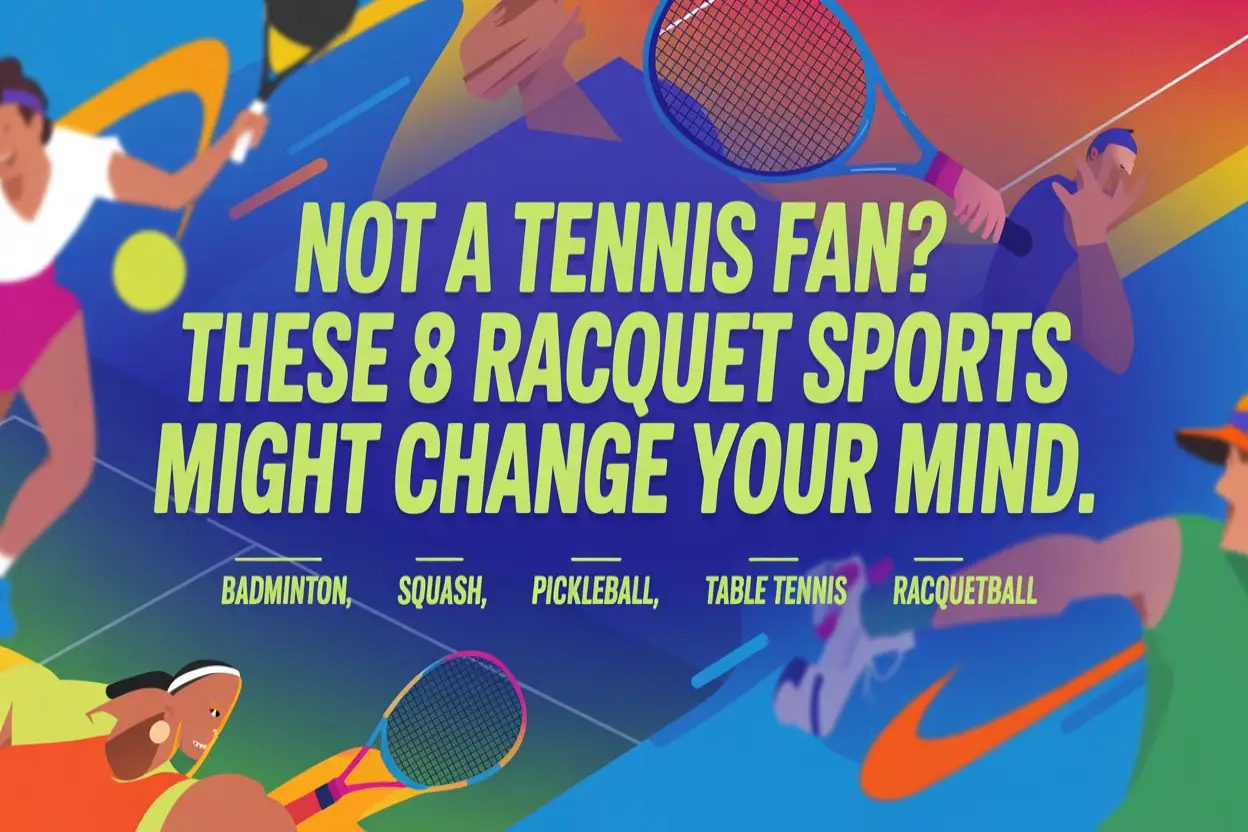1. Qianball: The Chinese Hybrid Taking Over Parks

Originally from China, Qianball is like tennis meets squash—with a twist. Played with a ball tied to a rubber band anchored to the ground, the action stays fast and focused on a small court.
Why Try It:
- Perfect for tight spaces like school gyms or community halls
- Builds lightning reflexes and quick decision-making
- No need to chase runaway balls (yes, please)
🎾 “Qianball’s simplicity is its superpower. It’s a great intro sport for teens and young adults,” says Coach Liang Wei, a regional sports trainer based in Penang.
Where to Play: Look for community centres in major cities like Penang and Johor Bahru experimenting with Qianball clinics.
2. Jombola: Malaysia’s Homegrown Racquet Sport
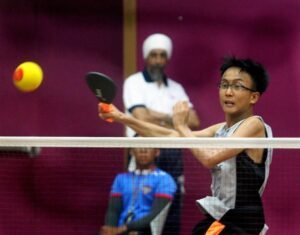
Meet Jombola, Malaysia’s very own racquet sport that fuses the speed of badminton, control of squash, and fun of ping pong. Created in the early 2000s, it’s fast, social, and beginner-friendly.
Why Gen Z Loves It:
- Uses wooden paddles and a soft foam ball (no scary smashes)
- Played on badminton courts—easy to find anywhere
🇲🇾 “Jombola is Malaysia’s answer to pickleball. It’s inclusive, low-cost and growing fast among urban youth,” shares Azlan Rahman, founder of the Jombola Association of Malaysia.
3. Soft Tennis: Asia’s Underrated Obsession

Think tennis, but softer—literally. Soft tennis uses a lighter, squishier ball and focuses more on speed than brute strength.
Where It’s Big:
- Popular in Japan, Korea, Taiwan
- Played in many Malaysian universities as an alternative sport
Why It’s a Vibe:
- Easier on the wrists and arms
- Quick rallies = high-intensity workout
- Great for casual players or total newbies
Did You Know?
Soft tennis has its own international league and tournaments, with Asia dominating the medals.
4. Padel: The Boutique Gym Favorite

Born in Mexico, raised in Spain, and now popping up in luxury gyms across Asia—padel is tennis’ cooler, social cousin. It’s played on a glass-walled mini-court in doubles only, making it extra interactive.
What Makes It Different:
- Smaller court = faster reactions
- Perforated paddles + low-bounce balls = longer rallies
- Think of it as part-sport, part-weekend hangout
“Padel is blowing up among the fashion crowd—it’s as much about the look as the game,” says Andrea Tan, fitness curator at a boutique gym in KL.
5. Badminton: Asia’s Forever Champ
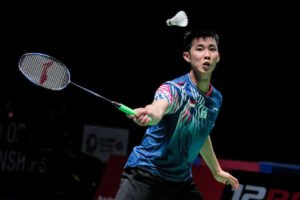
You know it, you’ve played it—and probably lost to your grandma at it. Badminton is still the undisputed king of racquet sports across Asia, especially in Malaysia, Indonesia, and China.
Why It Still Slaps:
- High cardio burn in short bursts
- Easy pickup games at home, school, or the office
- Still produces Olympic-level legends (hello, Lee Chong Wei 👑)
6. Table Tennis: The Office Break Icon
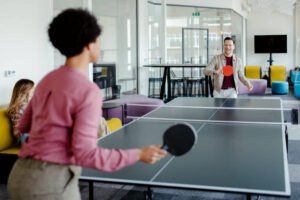
Tiny paddles, massive hype. Table tennis (aka ping pong) might look chill, but the speed and precision needed are next level.
Why It’s a Gen Z Go-To:
- Found in cafes, coworking spaces, and shopping malls
- Great for short bursts of fun without breaking a sweat
- Can be as casual or competitive as you like
Pro Tip:
Want to improve your hand-eye coordination for gaming or design work? Ping pong’s your secret weapon.
7. Four-Wall Paddleball: The Squash Alternative
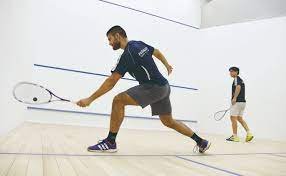
More niche but super intense, four-wall paddleball is played in an enclosed squash court using a rubber ball and a solid paddle.
Why Try It:
- Combines cardio, strength and strategy
- Great for urban gym rats looking for variety
- Builds explosive power and fast footwork
Look Out For:
Private fitness studios in KL and Singapore are starting to introduce paddleball-style group classes.
8. Speedminton: Badminton’s Wild Child

Also known as crossminton, this no-net version of badminton uses a wind-resistant “speeder” instead of a shuttlecock—making it perfect for outdoor play.
Where to Play It:
- Beaches, rooftop decks, car parks—literally anywhere
- Fast, freestyle and totally Instagrammable
Gen Z Appeal:
- No court or net required
- The vibe is very “active picnic meets TikTok challenge”
Tip:
Use glow-in-the-dark speeders for nighttime play—trust us, it’s a vibe.



